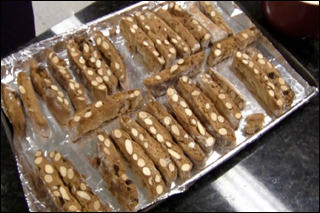
The students learned to make biscotti. (Image courtesy of Graham Gordon Ramsay.) In this lesson, you will learn:
How to prepare:
|
Lesson 11
Course Info
Instructors
Departments
As Taught In
Spring
2012
Level
Learning Resource Types
theaters
Lecture Videos
assignment
Activity Assignments
Instructor Insights










